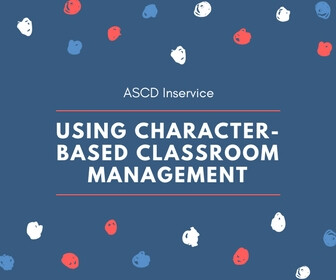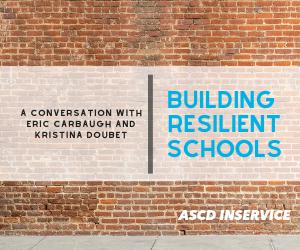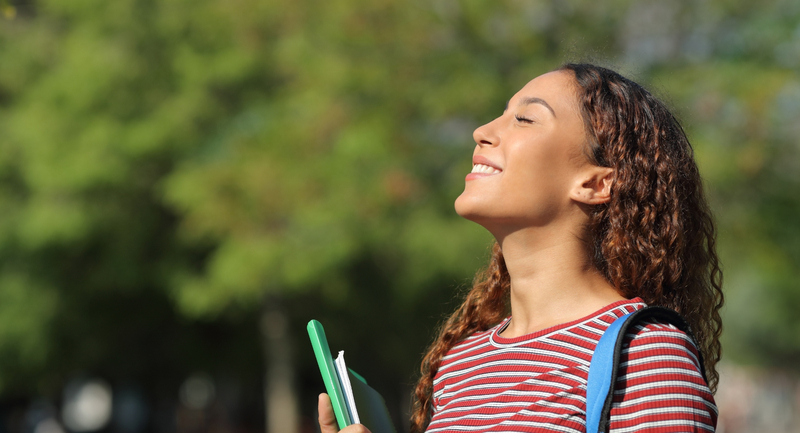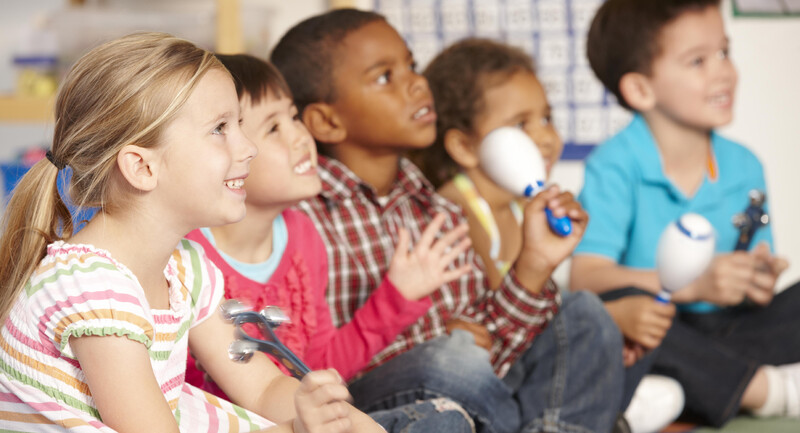Across the world, school leaders are grappling with what to prioritize as schools slowly start to reopen.
With disruptions to class scheduling over the past months, education authorities could feel compelled to focus more energy than normal on classroom-based learning in a bid to ‘catch up’ across a number of learning areas. Yet, the need for a whole child approach to education is needed now more than ever. Our newly-formed international collective of health and educational leaders, known as the Global Recess Alliance, have provided evidence to suggest a quality recess is an essential component of an educational approach that considers the whole child. Given this, recess should be considered a critical priority as schools begin to reopen.
Recess is more than just fun and games; it is through play that children learn and grow, and the unstructured recess space is an important site for students to reconnect with their peers after months of isolation. Recess offers children an opportunity to practice and develop healthy, lifelong social-emotional skills, such as problem solving, communicating, negotiating, and sharing.
These skills are imperative, especially now, given the demands of returning to schools from the stress, anxiety, isolation, exhaustion and other societal challenges of the COVID19 pandemic. Students will need sufficient space to move and experience their fundamental right to play; space that is inclusive, and space that promotes social connections.
But if a quality recess is going to be critical to school re-opening, it will require forethought, teacher support and administrative attention.
How school recess aligns with a Whole Child Approach to Education
Drawing from the GRA’s global statement, we showcase five reasons why and how providing quality school recess opportunities aligns with the ASCD’s Whole Child Approach to Education, especially as schools reopen.
Reason 1. Ensuring students are ‘healthy’.
Newly released research also demonstrates how providing supportive, enjoyable recess periods has a positive impact on the mental, social and physical health of students. Specifically, quality recess periods have been shown to improve mood, well-being, school engagement, behavior, learning, focus, attendance, and overall school climate.
In using recess to prioritize healthy students, schools should consider the following:
- Prioritize multiple (minimum two) periods of recess each day.
- Provide sufficient amounts of resources (e.g. equipment, loose parts, natural features), dedicated to recess.
Reason 2. Ensuring students are ‘safe’.
With COVID-19 likely to remain for an extended period of time, schools need strategies to be able to reduce or prevent the risk of transmission, while also supporting children’s developmental needs. Current data show that transmission of the disease COVID-19 is much less likely to happen in outdoor environments; and that outdoor recreation can facilitate social distancing efforts relative to time spent in indoor environments. In considering time spent outdoors, children report wanting less restrictions from ‘rules’ on the playground, but more opportunities for inclusive play. For these play opportunities to be truly effective for students’ development there needs to be sufficient freedom from too many rules and regulations (e.g. like “no kicking a ball” or “no running”), while still implementing practices to protect students.
To prioritize students’ safety at recess, schools should consider the following:
- Provide zones marked out to lessen the amount of students within spaces.
- Utilize separate bins of equipment for individual classes (not allowed from home).
- Stagger recess periods to minimize the number of classes simultaneously at recess.
- Wipe down equipment and play structures (if open) after each recess.
- Install handwashing stations for use during and after recess.
- Ensure recess is outside wherever possible.
Reason 3. Ensuring students are ‘engaged’.
Recess offers students a break from the structured and teacher-directed portions of the school day and thus provides a unique opportunity for children to exercise autonomous decision making, time management and even individual or shared problem solving. These transfer to active learning opportunities in the classroom. Recess can also be a useful observation time for teachers. The social dynamics and choices children make may lead to insights about how to engage their students.
To ensure students are engaged, schools should consider the following:
- Provide a variety of outside spaces where students can freely select a range of activities.
- Promote levels of choice during play to foster more engagement to participate.
- Identify quieter, creative or solo activities/spaces to address a range of interests and meet the needs of a diversity of students.
Reason 4. Ensuring students are ‘supported’.
Due to the disruptions that have occurred to everyone’s lives, it is likely some students will be hesitant to participate in the diversity of recess activities. With teacher support, recess can help students feel safe and a sense of “normalcy” in a time that is still uncertain.
To ensure students are supported, schools should consider the following:
- Count recess as instructional time to allow teachers to engage with students during play.
- Teachers may need additional support themselves, so school leaders ought to consider professional development on recognizing and responding to students who may need an extra boost in re-connecting with others, and when to simply observe and allow students to return to self-discovering and initiating their play connections.
- Provide a list of cooperative games to help connect students with each other and model pro-social behaviors.
- Do not withhold recess time for any reason or replace play experiences with more sedentary activities (e.g. electronic screen-time).
Reason 5. Ensuring students are ‘challenged’.
Giving students some ownership of the decision making associated with recess activities will enhance their sense of responsibility to themselves and their school community. Being a part of establishing the ground rules for recess also helps students understand others’ perspectives and work collaboratively for a shared goal. Studies have shown active play during school recess can develop students’ creativity and even align with national curriculum.
To ensure students are challenged, schools should consider the following:
- Create a student leadership council to help make decisions that affect recess facilitation.
- Give students jobs/tasks to clean or maintain equipment.
- Provide students with options for how play can be modified with innovative activities or use of spaces.
The pandemic provides an opportunity for schools to re-align their practices towards the holistic development of children. Recess is crucial to this mission. Now is the time for school and community leaders to plan and deliver a quality recess–because our teachers and children deserve nothing less.








